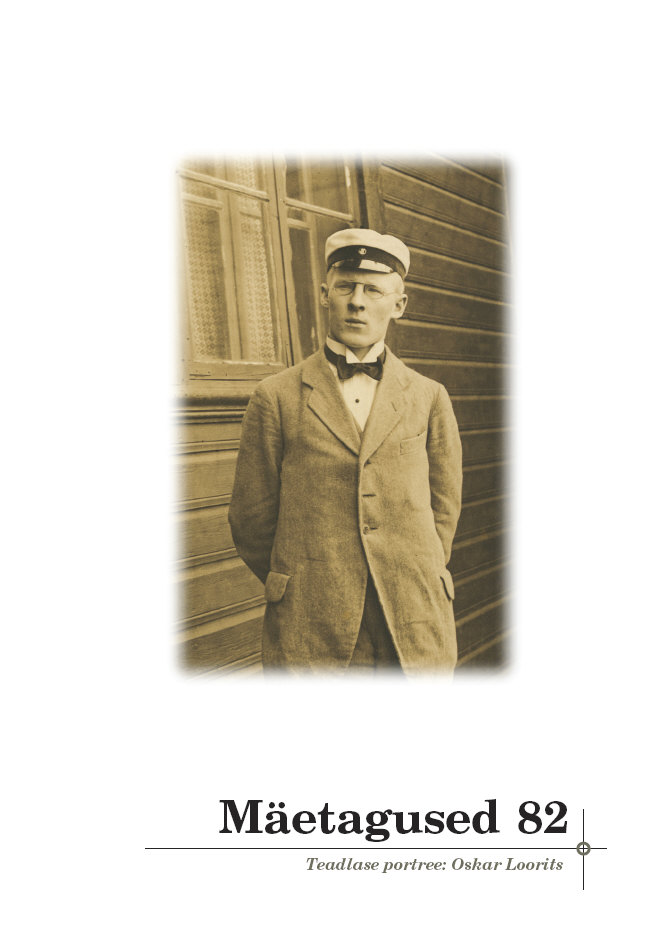Oskar Looritsa portree Tartu Ülikoolile esitatud aruannete valguses
Portrait of Oskar Loorits in the light of reports submitted to the University of Tartu
Author(s): Tiiu JaagoSubject(s): Customs / Folklore, Cultural Anthropology / Ethnology, Culture and social structure , Higher Education
Published by: Eesti Kirjandusmuuseum
Keywords: Estonian Folklore Archives; Estonian folklore; Oskar Loorits; scholarship holder of the University of Tartu; teaching folkloristics at the University of Tartu:
Summary/Abstract: Oskar Loorits (1900–1961) is an Estonian folklore researcher, who is primarily known as the researcher of the folk tradition and religion of the Livonians, and as the founder and the first director of the Estonian Folklore Archives, founded in 1927. His connections with the University of Tartu have been discussed to a lesser extent. The article is based on the materials of the University of Tartu, mainly personnel records, stored in the National Archives of Estonia. Loorits was admitted to the University of Tartu in 1919, i.e., the same year the university adopted Estonian as the language of instruction instead of Russian and German. This involved the opening of new chairs, including the Chair of the Baltic Finnic Languages and the Chair of Folkloristics. Loorits specialised in Baltic Finnic languages and graduated with a master’s degree in 1923. Thereafter he started doctoral studies, while also changing his specialisation. In 1926, he presented his research on Livonian folk religion, for which he was awarded a doctoral degree in folkloristics. In 1927, he submitted the papers required for habilitation to the university and received the right to work as a lecturer at the university. From 1927 to 1942, he worked as an associate professor of folkloristics at the University of Tartu. In 1944, he left Estonia for Sweden. The article looks at the activities of Loorits at the University of Tartu in the period 1919–1942. As he received a scholarship from the university for both studies (1921–1923) and research (1923–1927), he had to present a report of his completed work to the university’s Faculty of Philosophy and to the university’s government at the end of each term. As he worked at the university at an hourly rate, he continued reporting until the Soviet power was established in Estonia in the summer of 1940. Besides factual information, his reports contain a remarkable amount of information on his personal development. These reports reflect Loorits’ keen eye for research problems and opportunities and reveal his great work ability and strict self-discipline. He was able to manage large research fields as he saw possibilities for organising them. He was a strict lecturer, although supportive of young researchers when they were successful. Loorits’ reports and the accompanying documents also provide an insight into the everyday life at the university of the 1920s–1930s. One can see that at the beginning of the period, the comparative method was predominant (this research method was represented by the professor of folkloristics Walter Anderson), and then the research methods based on the tradition group and presentation (Loorits) and the poetics of folklore (August Annist) were added. This was a period of significant advancement of research and science. While Loorits was able to see potential research perspectives and apply new research methods, his work was also theoretically innovative and shaped the future folklore research.
Journal: Mäetagused. Hüperajakiri
- Issue Year: 2022
- Issue No: 82
- Page Range: 9-34
- Page Count: 26
- Language: Estonian

